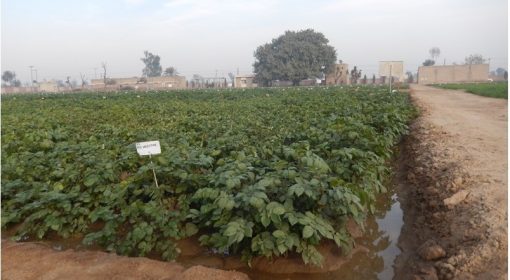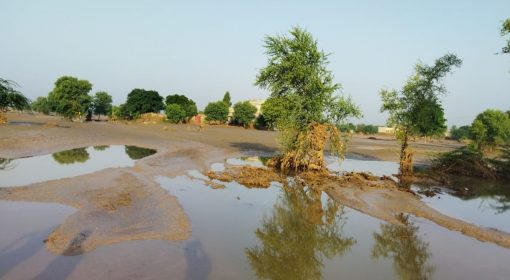By Ashfaque Soomro and Frank van Steenbergen

Evacuating is tough for everyone, saving one’s life and one’s belongings during disaster. It is more than getting out of harm’s way, it is what happens during this critical period that determines how badly one is affected by the flood and how one will recover.
The evacuations during the floods in 2022 in Pakistan were a harsh reality shared by affected communities across Sindh, Balochistan, and Punjab provinces. The struggles and scars are in every community, but at the same time the escapes from risk to temporary shelter were different in every local setting. A common theme though is that the repercussions of the 2022 floods were especially severe for those most vulnerable.
In Sindh province, the evacuation was very cumbersome for the survivors. As flood levels rose and rural villages got marooned, arranging transportation for evacuation was a pressing issue. Transport was not only extremely expensive during the emergency but also very scarce, as transporters were among the first who had left the area during the floods. The ultra-poor, who rely on daily wages or crop harvesting, had no ready cash to manage their movement in time. When forced to evacuate, these people endured immense economic and social strain. They typically managed to take only a few livestock, some clothing, and kitchen items with them, leaving most of their assets behind, which were often completely lost. Selling household belongings and livestock at throw-away prices, borrowing money at high-interest rates was done find the last ditch means of transport to escape. Many people lost their belongings not due to the flood, but due to the evacuation.
In the spate irrigated areas in the hill tracts of southern Punjab province, survivors could escape to mountain areas, staying there for almost a month. It was an incredibly hard time. They had to survive without adequate food, safe water, and sanitation. To get any of this was costing a fortune, Moreover, when they evacuated, they were threatened by thieves and wild animals. Wolves in particular were attacking goats and sheep and decimated the stock. Children and women were also particularly vulnerable to wolf attacks while in the makeshift shelters, made of quilts and other material they had brought with them. Having taking shelter in the remote places there were off the map and there was no humanitarian assistance and access to tents or other facilities. Mosquito swarms made life very uncomfortable. For defecation designated areas were fenced off with bedsheets and other cloth materials. In the presence of wild animals these outings were especially hazardous.
Unprepared, prepared? Evacuations always come unexpectedly and unwantedly, but they can be better managed through basic local preparedness. This would include easier access to and user-friendly early warning, community transportation systems, evacuation road maps, pre-disaster identification of safe points and contingencies to take assets such as livestock. Humanitarian agencies and disaster management authorities should stimulate this local preparedness and be active not only during the flood, but also ahead of this, when there is no disaster. This would save livelihoods, not only lives.

This blog is compiled from the learning of the Pakistan Flood 2022, through locally led dialogues by MetaMeta under Dutch Disaster Risk Reduction and Surge Support Program of RVO.



